# gstupdate
12 posts in `gstupdate` tag
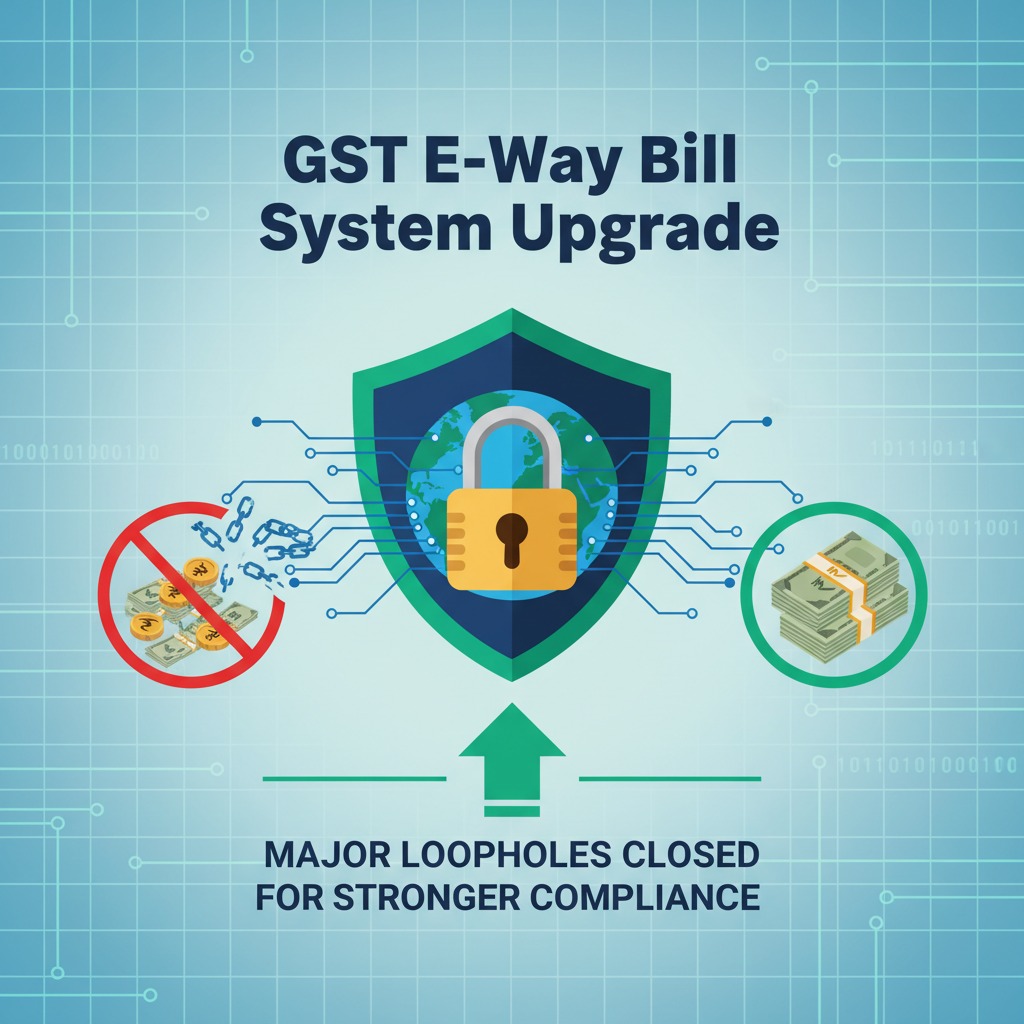
GST E-Way Bill System Upgrade: Major Loopholes Closed for Stronger Compliance
The government has upgraded the GST E-Way Bill system to close long-standing loopholes that allowed duplicate bills, non-filers, and cancelled GSTIN holders to move goods illegally. New system-driven checks such as unique invoice lock, filing restrictions, GSTIN validation, and a 180-day invoice limit now ensure stronger, automated compliance for all businesses and transporters.
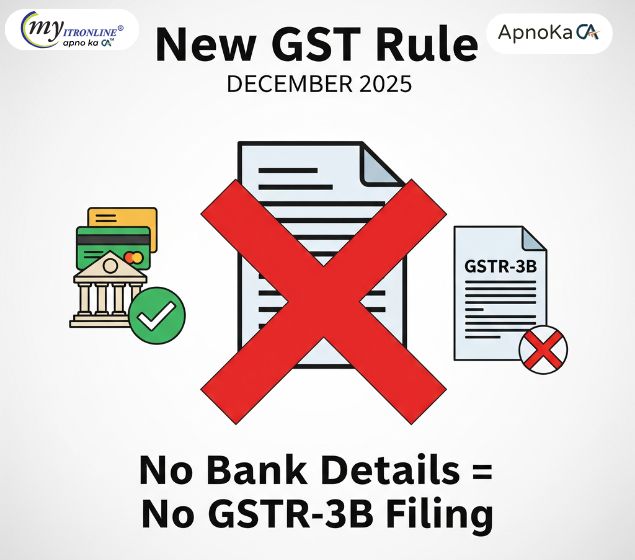
New GST Rule December 2025: No Bank Details = No GSTR-3B Filing
Starting December 2025, GST registrations will face automatic suspension if bank account details are not updated within 30 days or before filing GSTR-1/IFF. This new compliance rule directly impacts filing, billing, and business continuity, making timely updates essential for businesses.
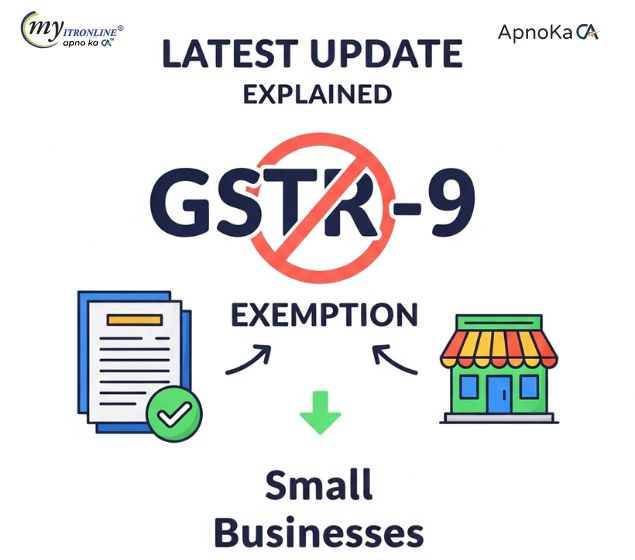
GSTR-9 Exemption for Small Businesses: Latest Update Explained
The government has permanently exempted businesses with turnover up to 2 Crores from filing GSTR-9. The move aims to reduce compliance burden while ensuring monthly and quarterly GST filings continue.
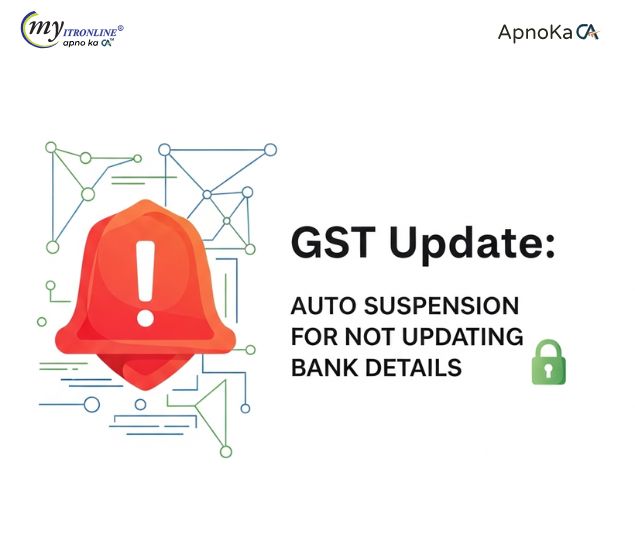
GST Update: Auto Suspension for Not Updating Bank Details
Starting 5th December 2025, businesses registered under GST must update their bank account details within 30 days of registration or before filing GSTR-1/IFF, whichever is earlier. As per Rule 10A, failure to comply will result in automatic suspension of GST registration. The update process requires furnishing bank account number, IFSC code, and a cancelled cheque or bank statement via the GST portal. While OIDAR and NRTP taxpayers are exempt, OIDAR taxpayers with a representative in India must provide bank details. Timely compliance ensures uninterrupted GST registration and avoids cancellation proceedings.
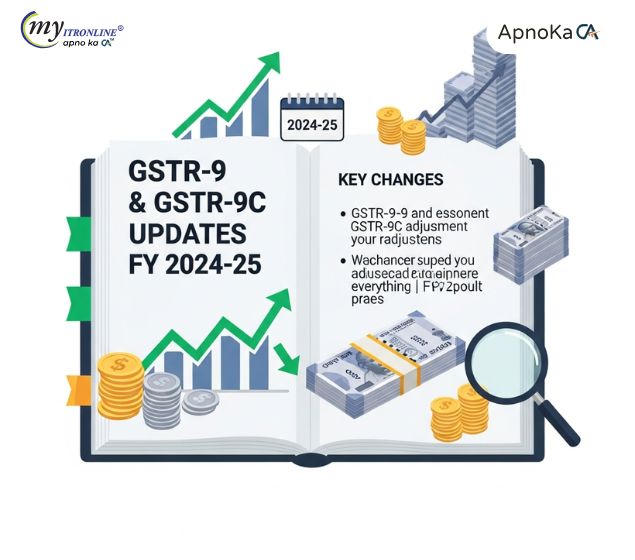
Key Changes in GSTR-9 and GSTR-9C for FY 2024-25: Everything You Should Know
The GST portal has opened GSTR-9 and GSTR-9C for FY 2024-25 with a filing deadline of December 31, 2025. This guide explains the key changes in both forms, filing thresholds, auto-population details, and practical tips to file on time and avoid penalties—written in clear, simple language.

Supreme Court Protects CAs: Issuing Form 15CB Is Not Money Laundering
The Supreme Court of India has upheld that Chartered Accountants cannot be prosecuted for money laundering simply for issuing Form 15CB, as it is a statutory duty under the Income Tax Act. This ruling protects professionals from being unfairly targeted and clarifies the limited role of CAs in compliance matters.
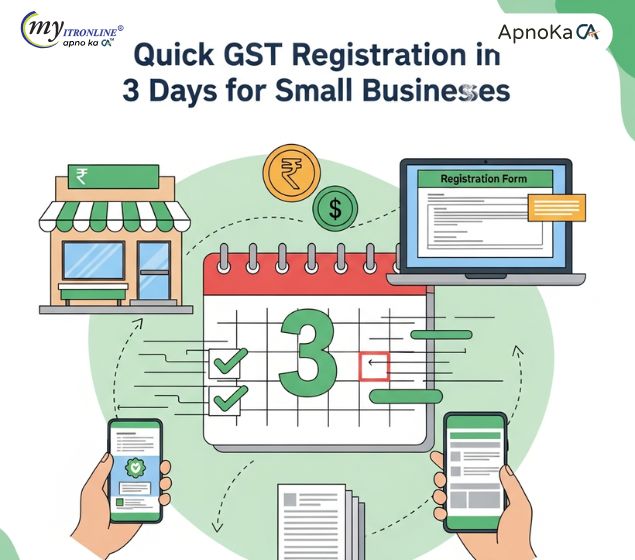
Quick GST Registration in 3 Days for Small Businesses
The GST portal has launched a faster registration process for low-risk taxpayers. With Aadhaar authentication and proper document upload, eligible applicants can now get GST registration within 3 working days.
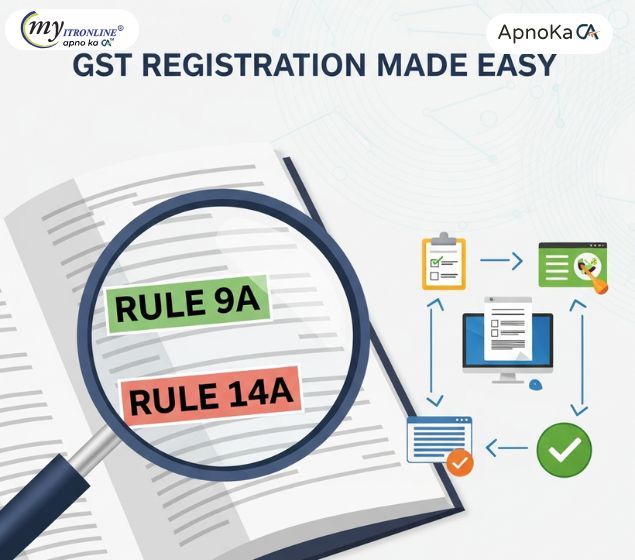
GST Registration Made Easy: Rule 9A & Rule 14A
The Central Government has introduced two new GST rules—Rule 9A and Rule 14A—effective from November 1, 2025. These updates simplify and speed up the registration process for low-risk taxpayers and small B2B suppliers

Administrative clarity wins: Same officer to handle Section 74 to Section 73 conversion
The CBIC has clarified that when a GST case originally issued under Section 74 is converted to Section 73 following an appellate or court order, the same original adjudicating officer remains the Proper Officer for re-determination under Section 75(2). This avoids jurisdictional transfers, maintains consistency, and supports timely compliance with the two-year limit under Section 75(3).
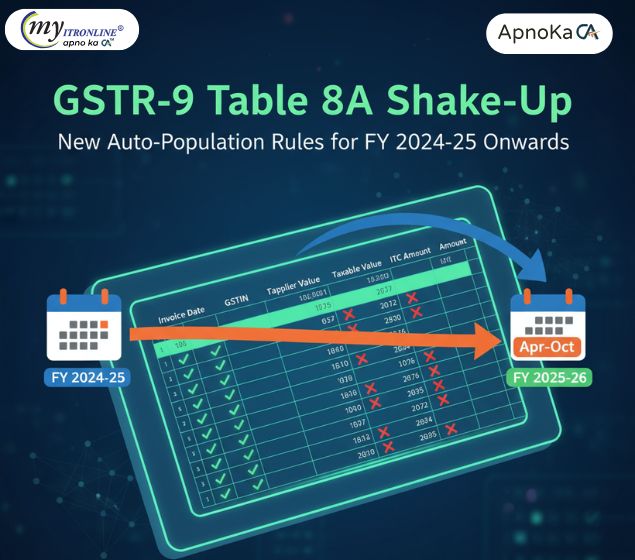
GSTR-9 Table 8A Shake-Up: New Auto-Population Rules for FY 2024-25
GSTN has changed how Table 8A in GSTR-9 is auto-filled. Starting FY 2024-25, it will include invoices from both the current and next financial year, making ITC reconciliation more accurate. Learn what’s included, what’s excluded, and how to prepare.
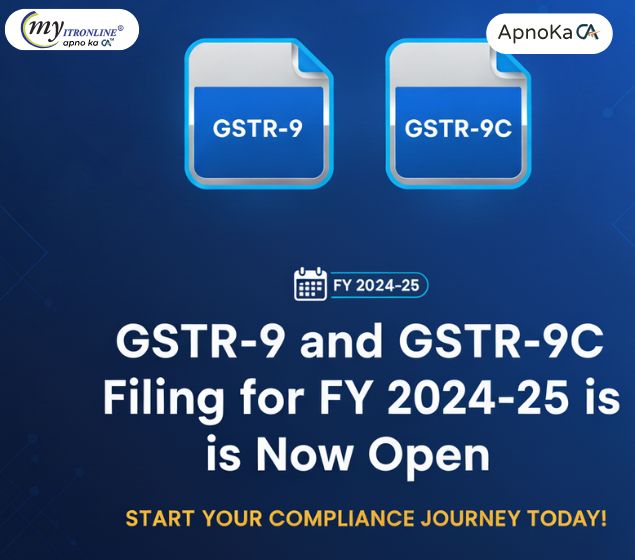
GSTR-9 and GSTR-9C Filing for FY 2024-25 is Now Open
The GST portal has enabled GSTR-9 and GSTR-9C forms for FY 2024-25 starting October 12, 2025. Taxpayers can now file their annual returns and reconciliation statements before the December 31 deadline. Learn who needs to file and how to prepare.

GSTN Clarifies: No Change in ITC Auto-Population from GSTR-2B to GSTR-3B
GSTN has issued a clarification confirming that the auto-population of Input Tax Credit (ITC) from GSTR-2B to GSTR-3B remains unchanged, even after the implementation of the Invoice Management System (IMS). GSTR-2B will continue to be generated automatically on the 14th of every month. This update helps clear confusion and reassures taxpayers that their filing process remains stable.
